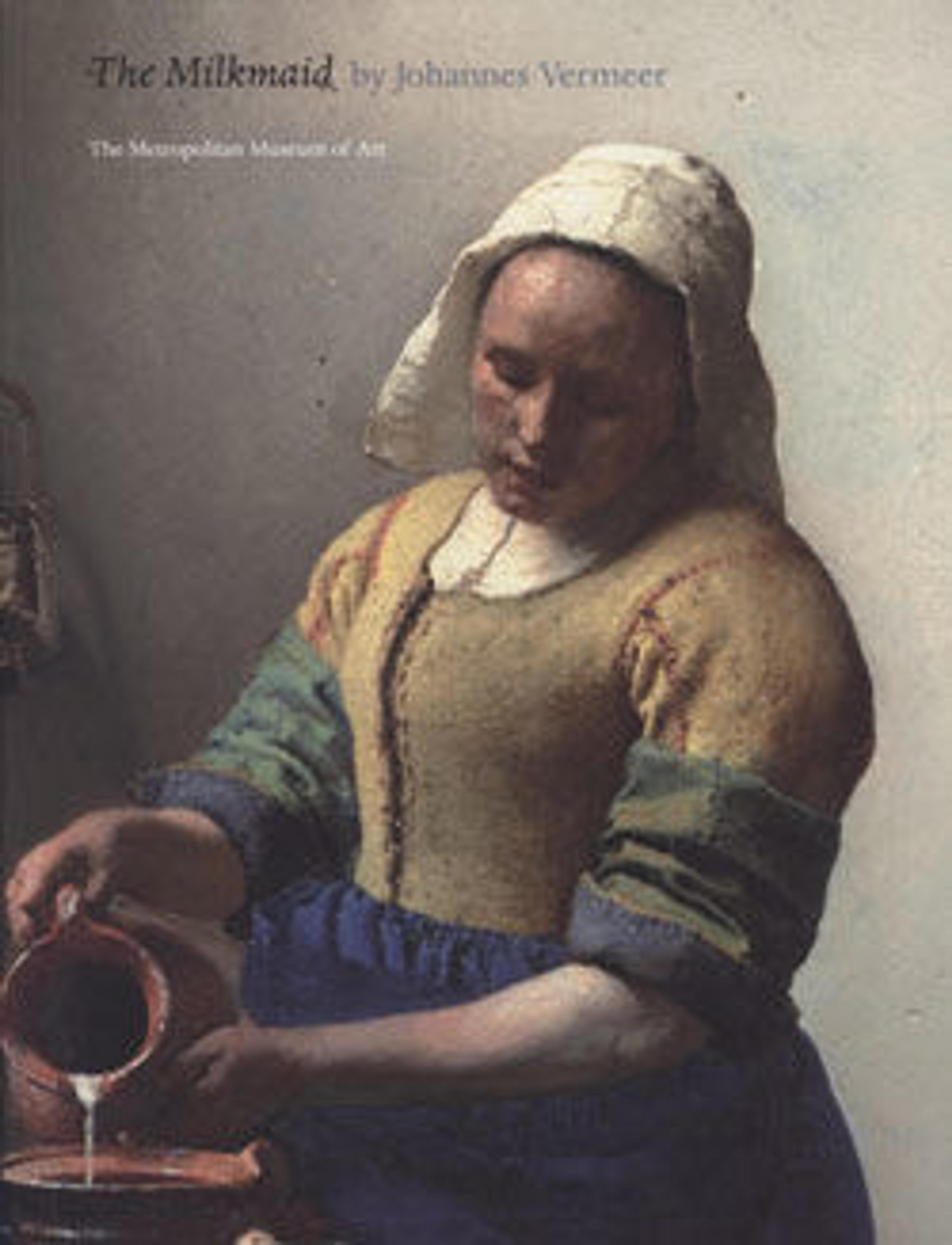A Woman Seated at a Window
A housewife holds an apple, which in this context more likely refers to the New Eve (the Virgin Mary) than the old one. The birdcage and hearth imply happy domesticity, while the grapevine alludes to the woman as "a fruitful vine by the sides of thine house" (Psalm 128). The original buyer of such a painting, if he had opinions about art as well as women, would probably have described it as a nisstuck, meaning "niche-piece" or "window-niche," an illusionistic format popularized by Gerrit Dou.
Artwork Details
- Title:A Woman Seated at a Window
- Artist:Gabriël Metsu (Dutch, Leiden 1629–1667 Amsterdam)
- Date:early 1660s
- Medium:Oil on wood
- Dimensions:10 7/8 x 8 7/8 in. (27.6 x 22.5 cm)
- Classification:Paintings
- Credit Line:The Jack and Belle Linsky Collection, 1982
- Object Number:1982.60.32
- Curatorial Department: European Paintings
More Artwork
Research Resources
The Met provides unparalleled resources for research and welcomes an international community of students and scholars. The Met's Open Access API is where creators and researchers can connect to the The Met collection. Open Access data and public domain images are available for unrestricted commercial and noncommercial use without permission or fee.
To request images under copyright and other restrictions, please use this Image Request form.
Feedback
We continue to research and examine historical and cultural context for objects in The Met collection. If you have comments or questions about this object record, please contact us using the form below. The Museum looks forward to receiving your comments.
